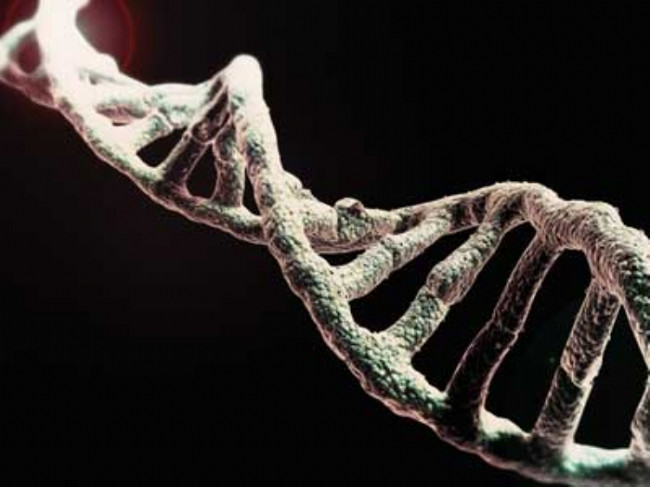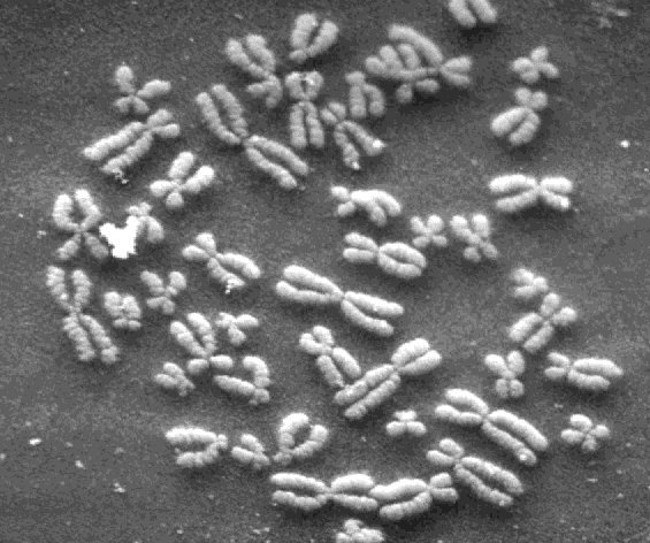3 types of hybrids like myths exist in reality
In Greek mythology, chimera is a hybrid but in science chimera has two genomes with distinct functions. Understandably, some people may have two different sets of DNA. Currently, science has discovered 3 types of typical hybrids on humans.
The hybrid from the fetus
The first is when the embryo absorbs its twin . When one of the embryos dies, some of its cells mix with the other, making the fetus grow with two cell modules, one of itself and one foreign.

These people often do not know that they are chimera. In 2002, a patient named Karen Keegan needed a kidney transplant and had to have a genetic test to assess the ability of the family's organs. She was very surprised to learn that despite the heavy birth, the biological side, her children were not related to their mother. The reason is because Keegan is a chimera, so she has two genomes in blood cells.
A normal person can also turn into a hybrid
Patients after bone marrow transplant surgery to cure white blood. They will completely destroy the marrow and receive marrow from another person. New marrow produces stem cells that grow into red blood cells. From then on until the end of their lives, they live on blood with a different set of genomes from the rest of the body.
There are a few special cases, the genome of donor and recipient may be the same but very rarely occur. Blood transfusions also introduced foreign cells but only temporarily.

Chromosomes under a microscope
Temporary hybrid
This case is quite familiar to us, it is pregnant women . A part of the cell from the fetus enters the bloodstream and moves to other parts of the body. This happens to most women during pregnancy.
In 2015, a study of 26 male pregnant women showed that their kidneys, liver, spleen, heart, lungs and whole brain contained cells from the fetus, cells containing Y chromosome to determine male sex.
In some cases, these cells may be in the female body for several years or more. Brain examination of 59 women from 32 to 101 years of age showed that 63% of them had male DNA in the brain, the oldest person with fetal cells in the brain was 94 years old.
You should read it
- Mothers with pre-eclampsia are at risk of heart disease later
- The pregnant woman is anemic and should eat well for her mother and baby
- Hypertension in pregnancy can affect long-term cardiovascular health
- The 'face point' of the foods that pregnant women should avoid should not harm them
- Japan officially allows the creation of 'beasts' for organs, will a new 'human' appear?
- Hygiene solutions good, safe for pregnant women and postpartum?
 Changing the biological clock makes people more susceptible to infection
Changing the biological clock makes people more susceptible to infection This is the most deadly disease in human history
This is the most deadly disease in human history Storing stem cells from baby teeth can save your baby in the future
Storing stem cells from baby teeth can save your baby in the future Reflexology helps remove fatigue after treating breast cancer
Reflexology helps remove fatigue after treating breast cancer Announcing the method of 'hacking' cancer metastasis with Nano particles
Announcing the method of 'hacking' cancer metastasis with Nano particles Long-lasting sprains can cause chronic illness
Long-lasting sprains can cause chronic illness